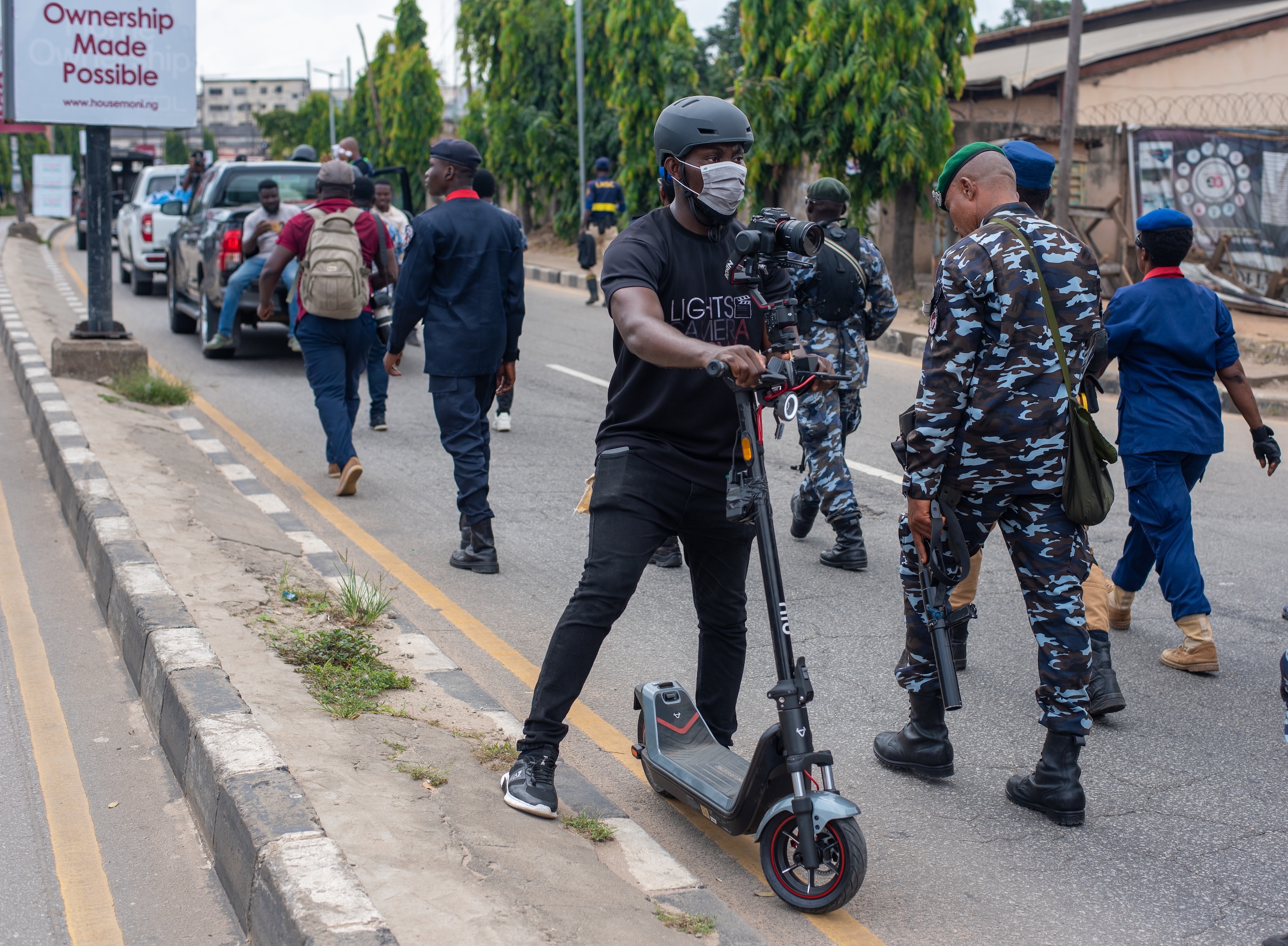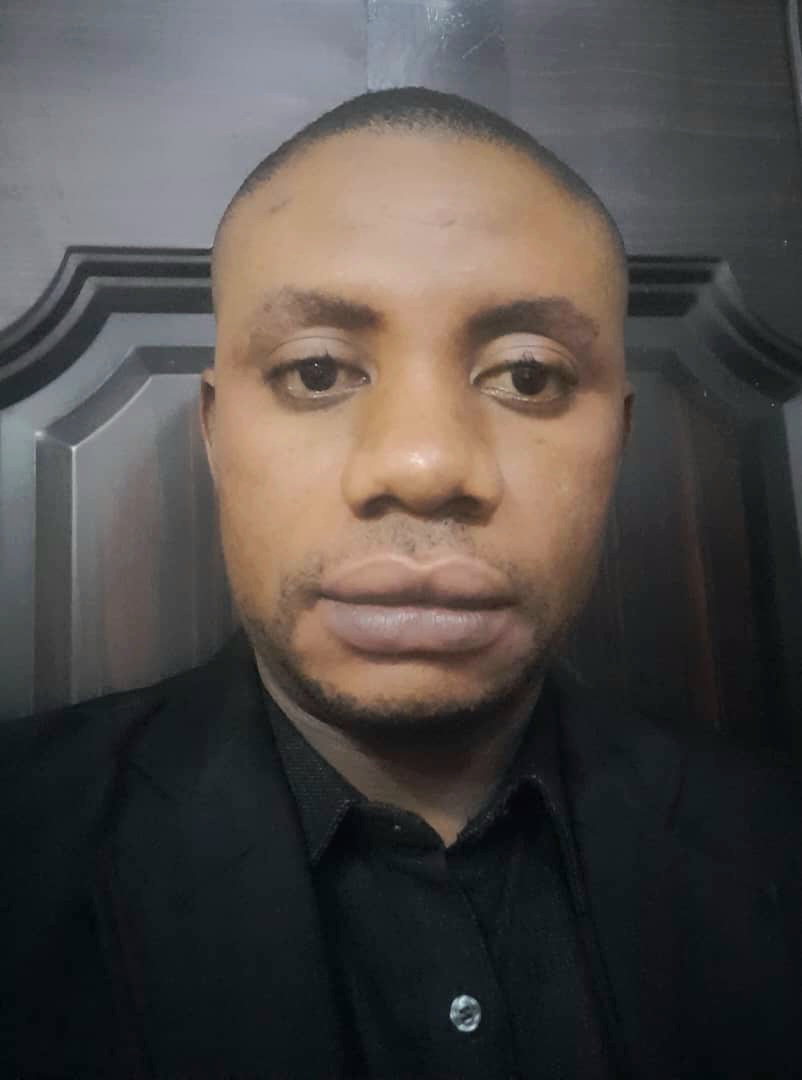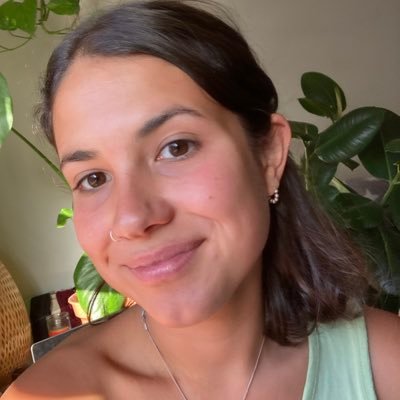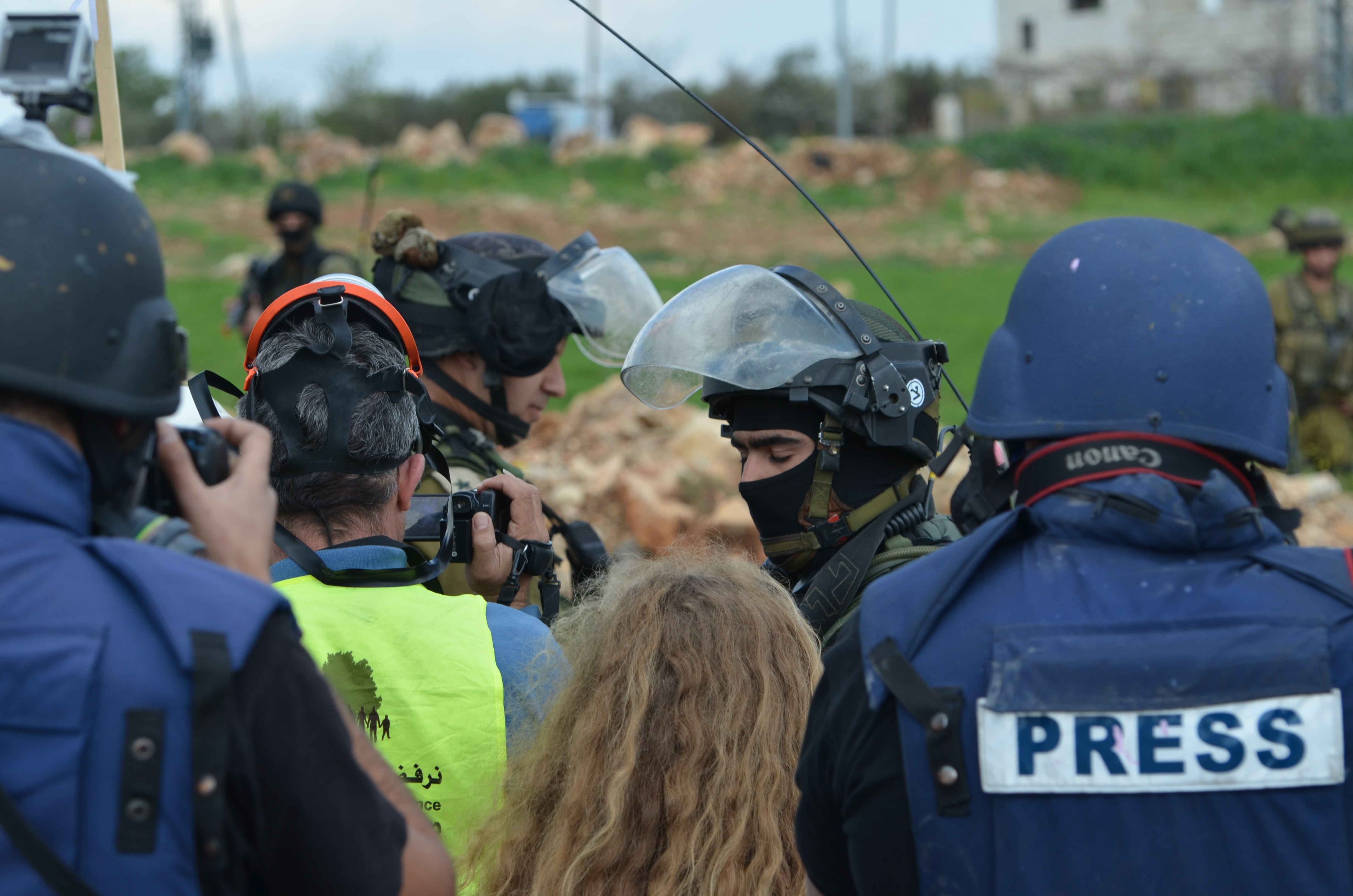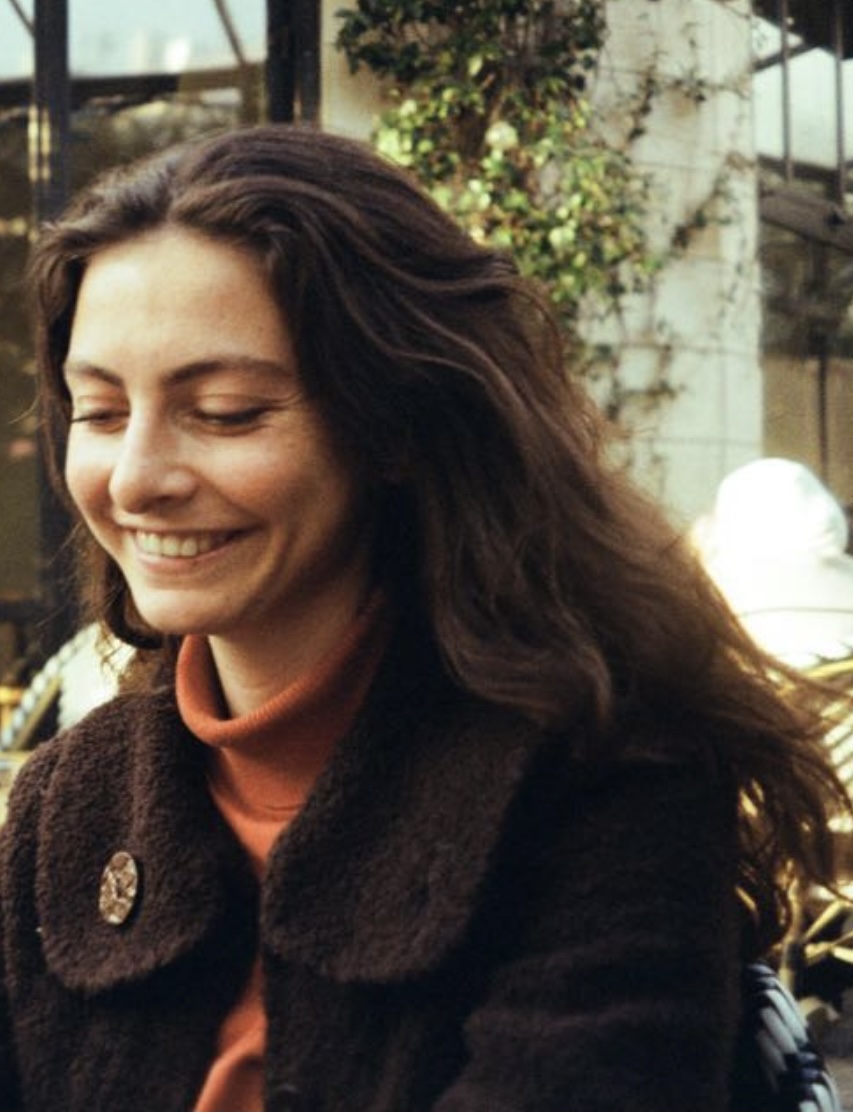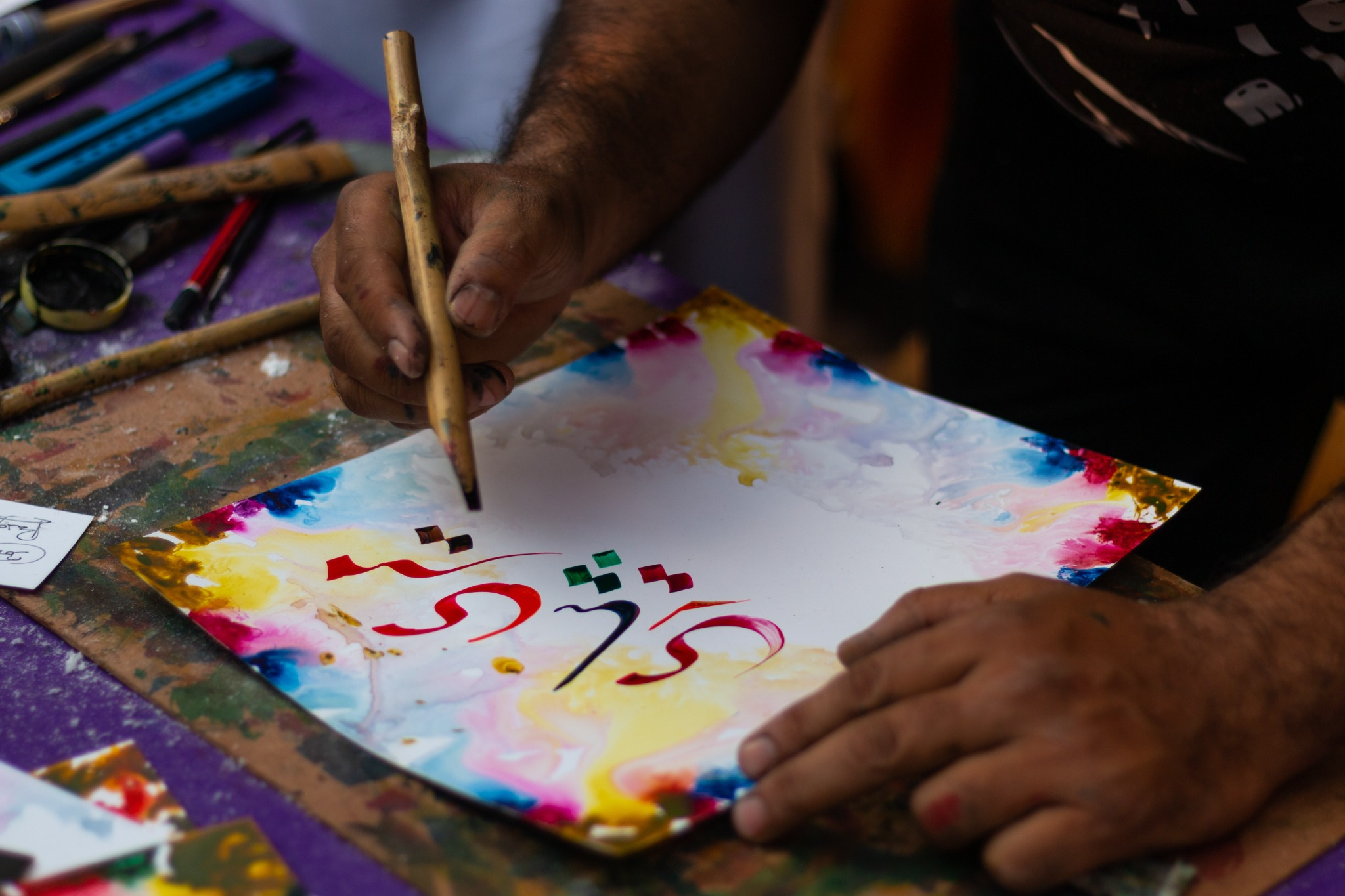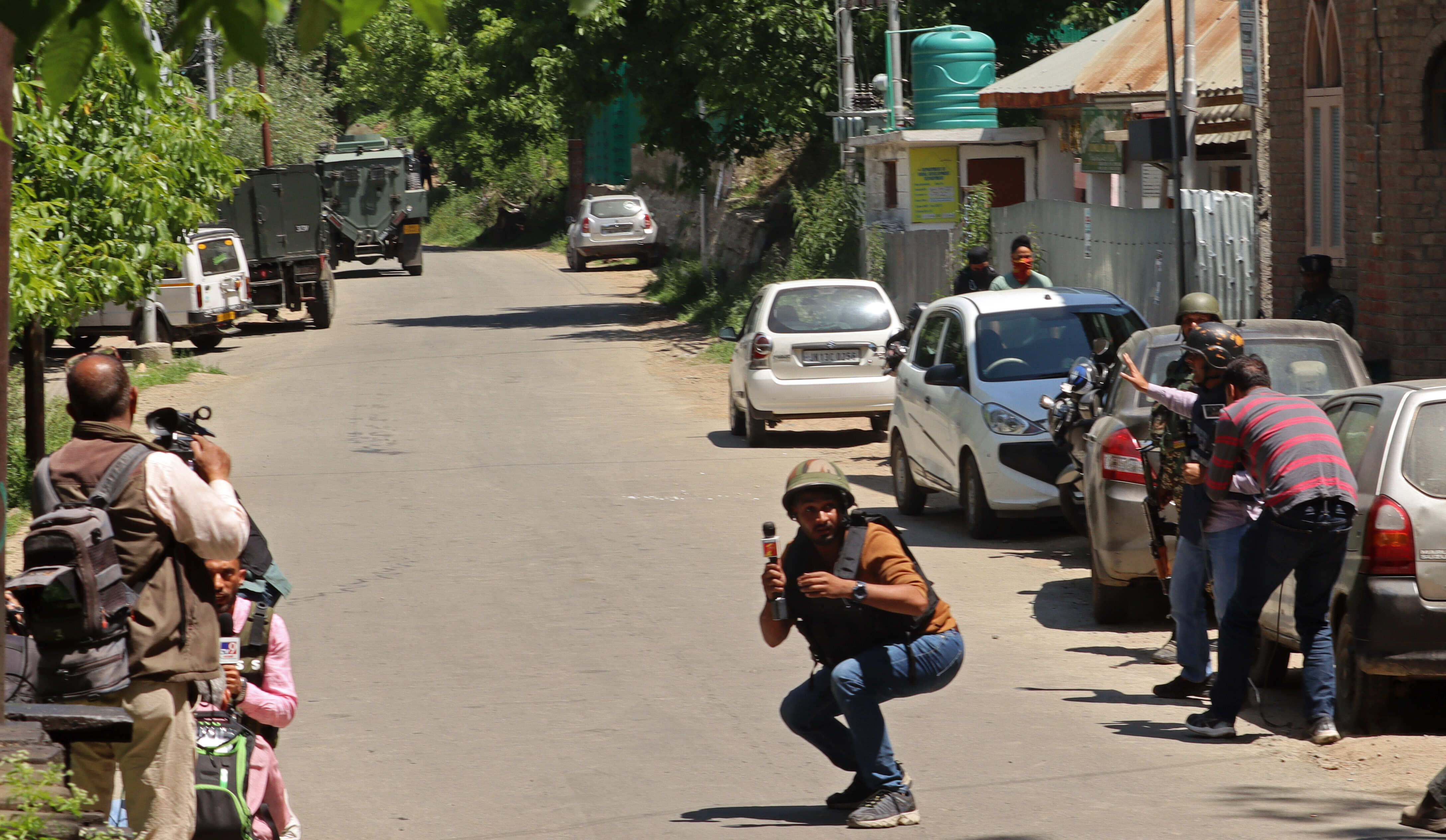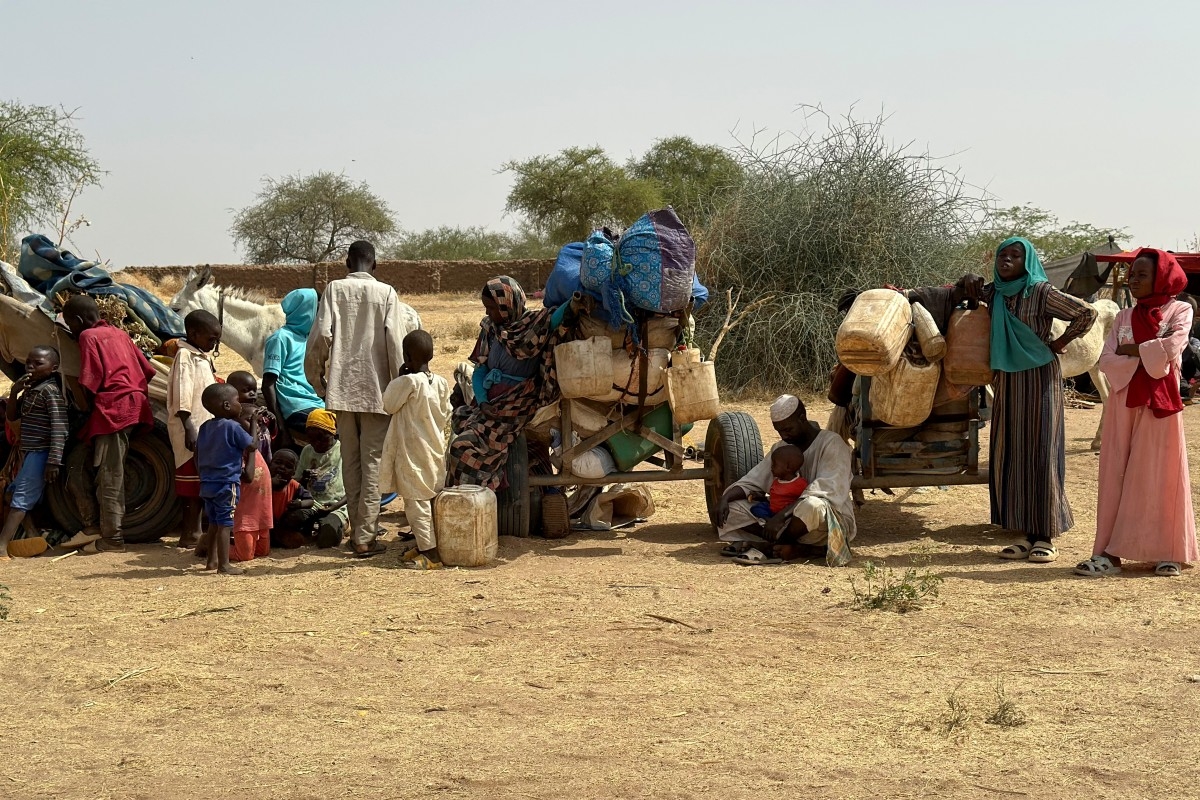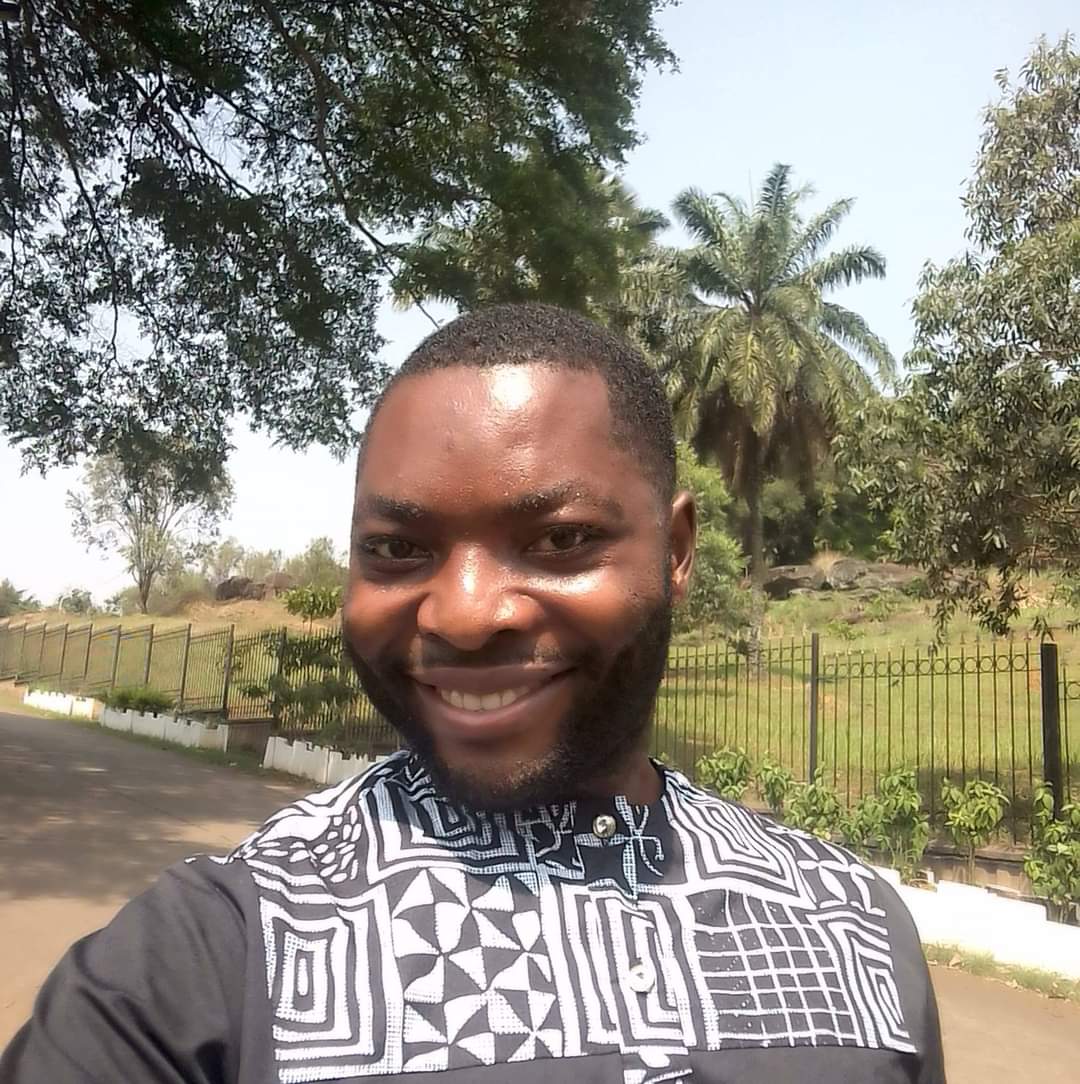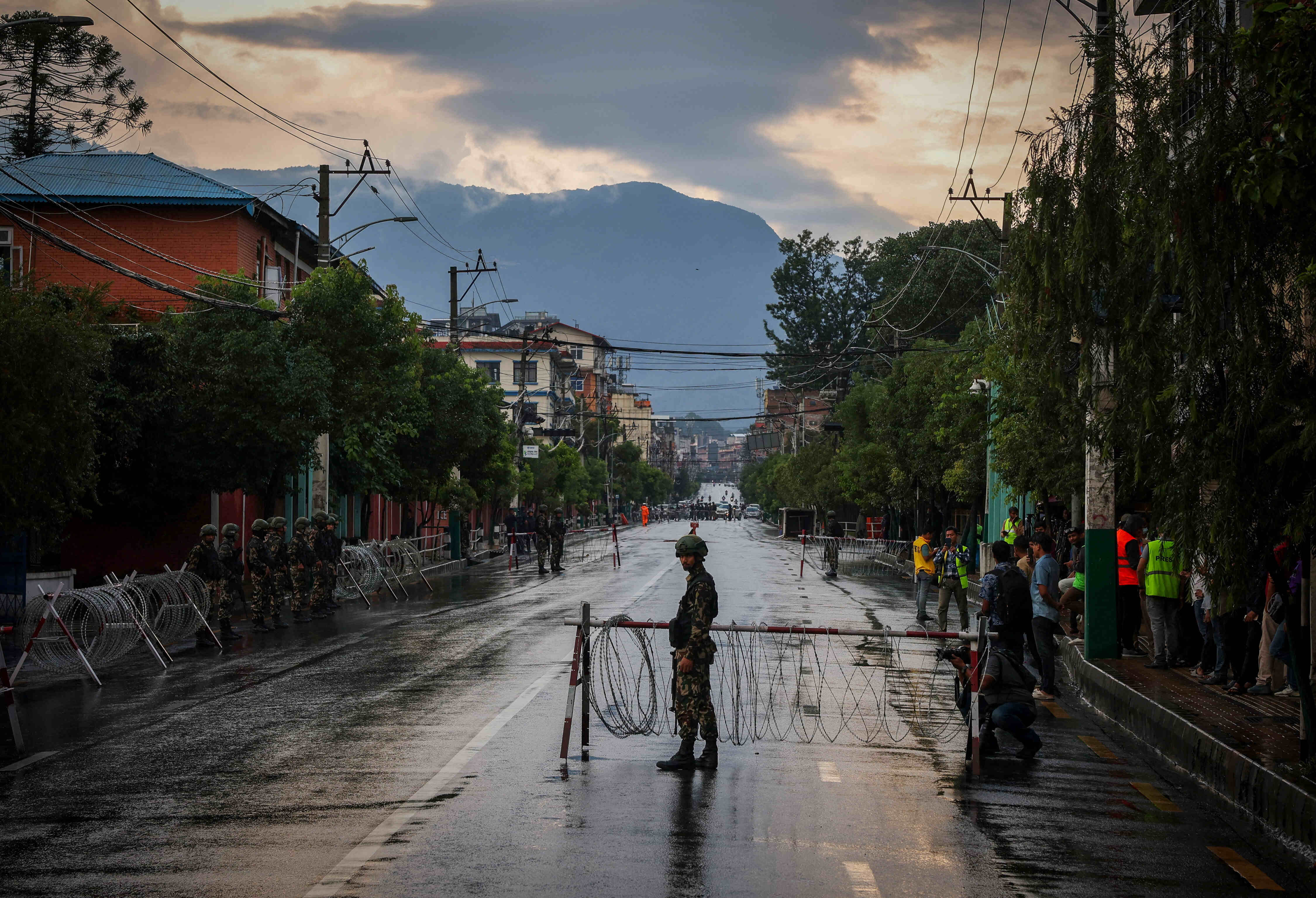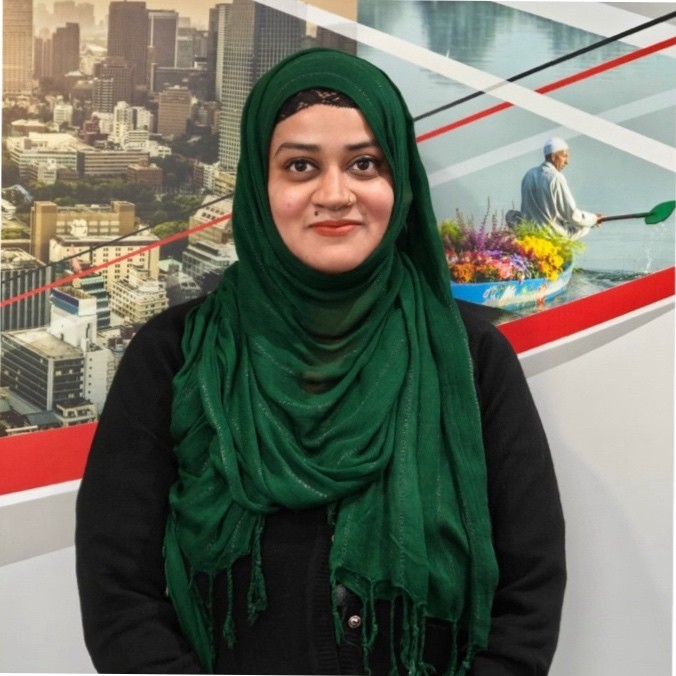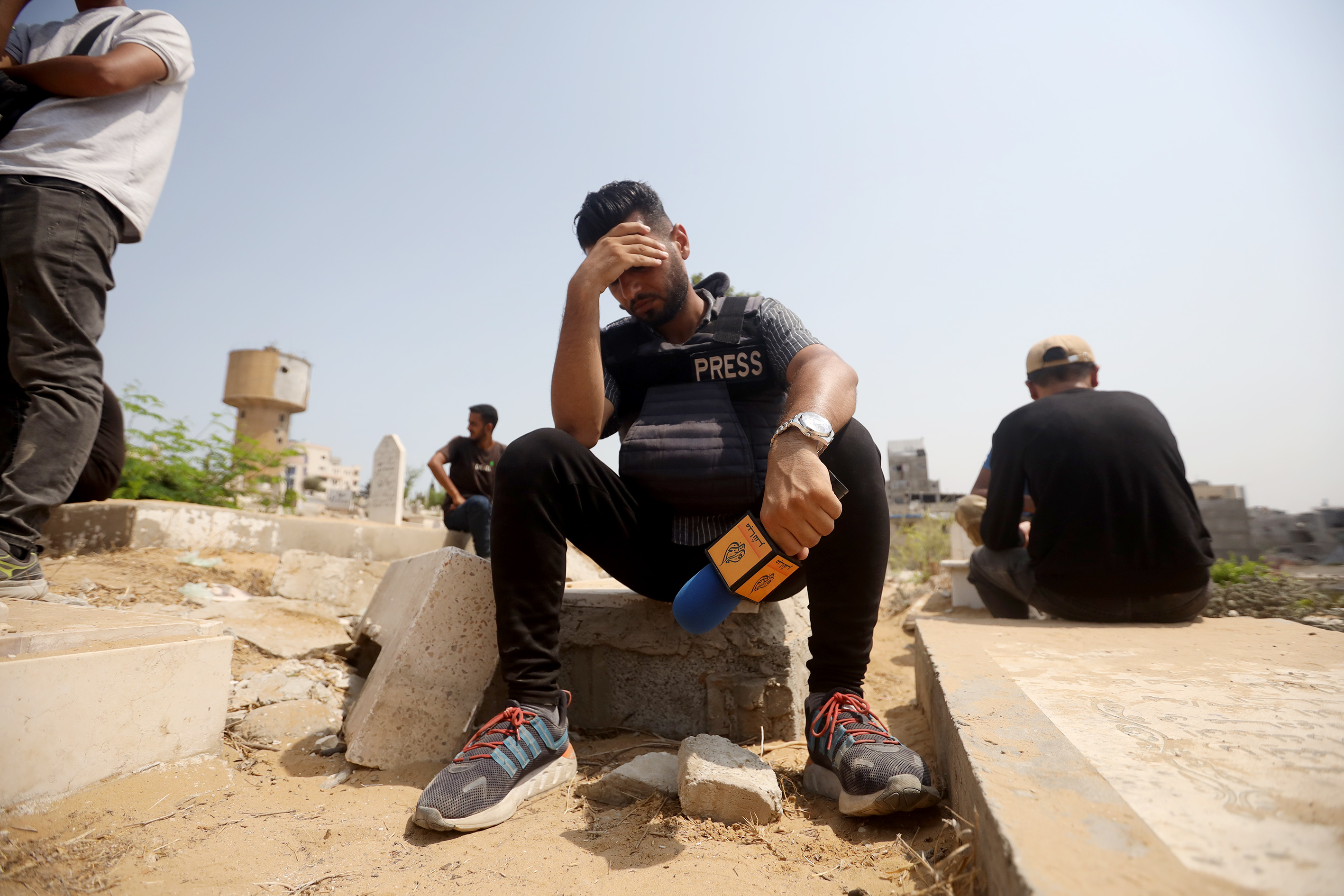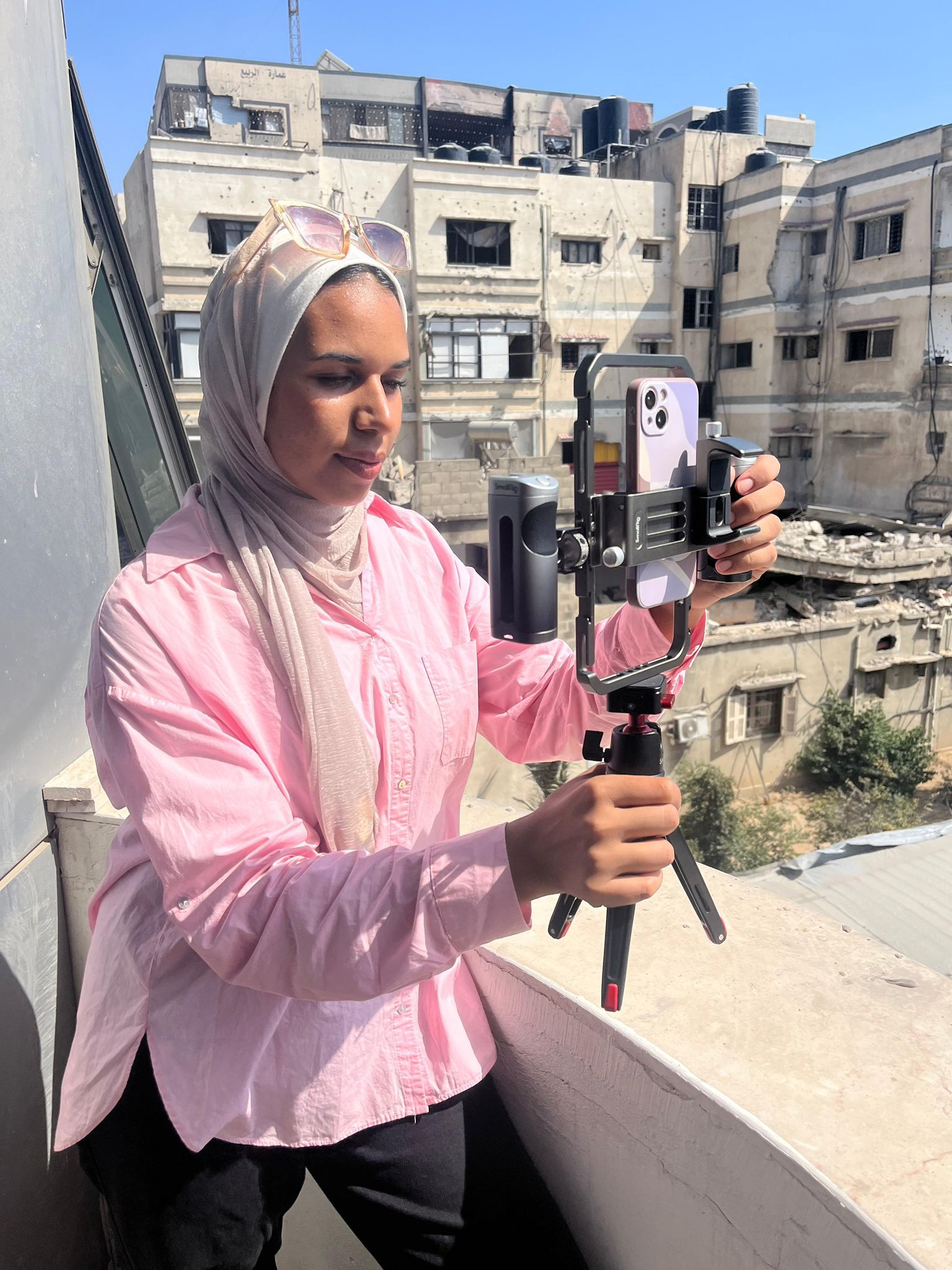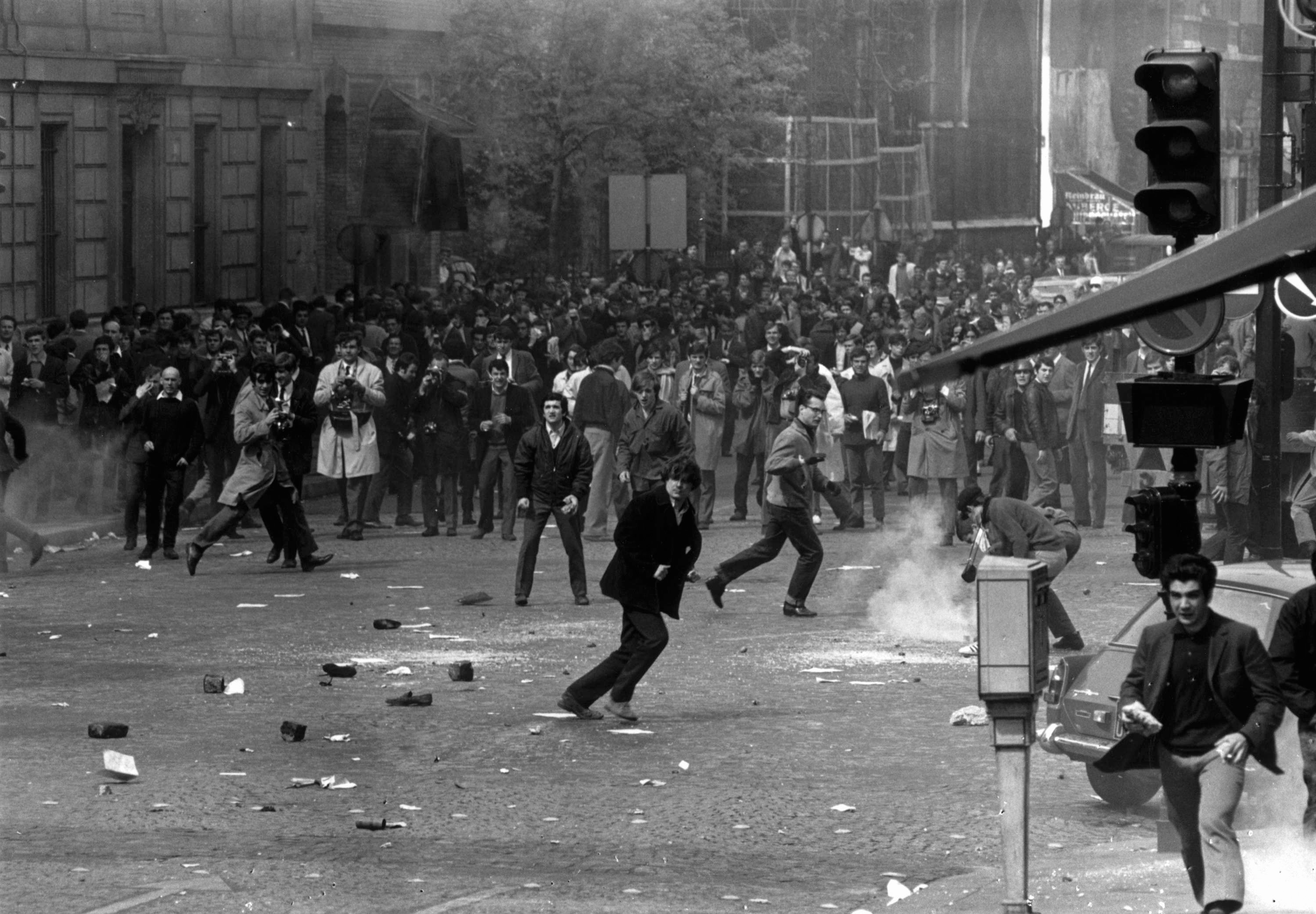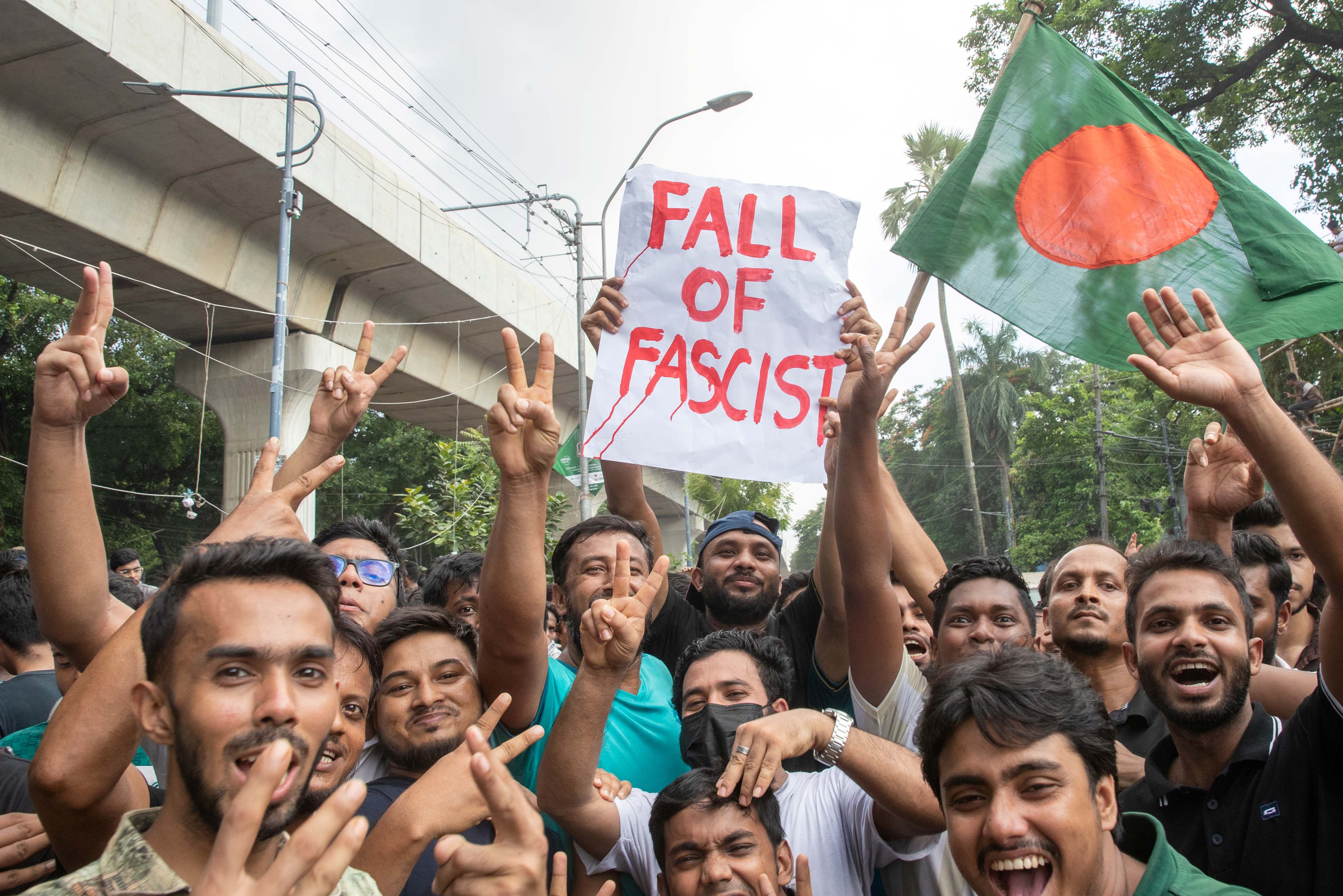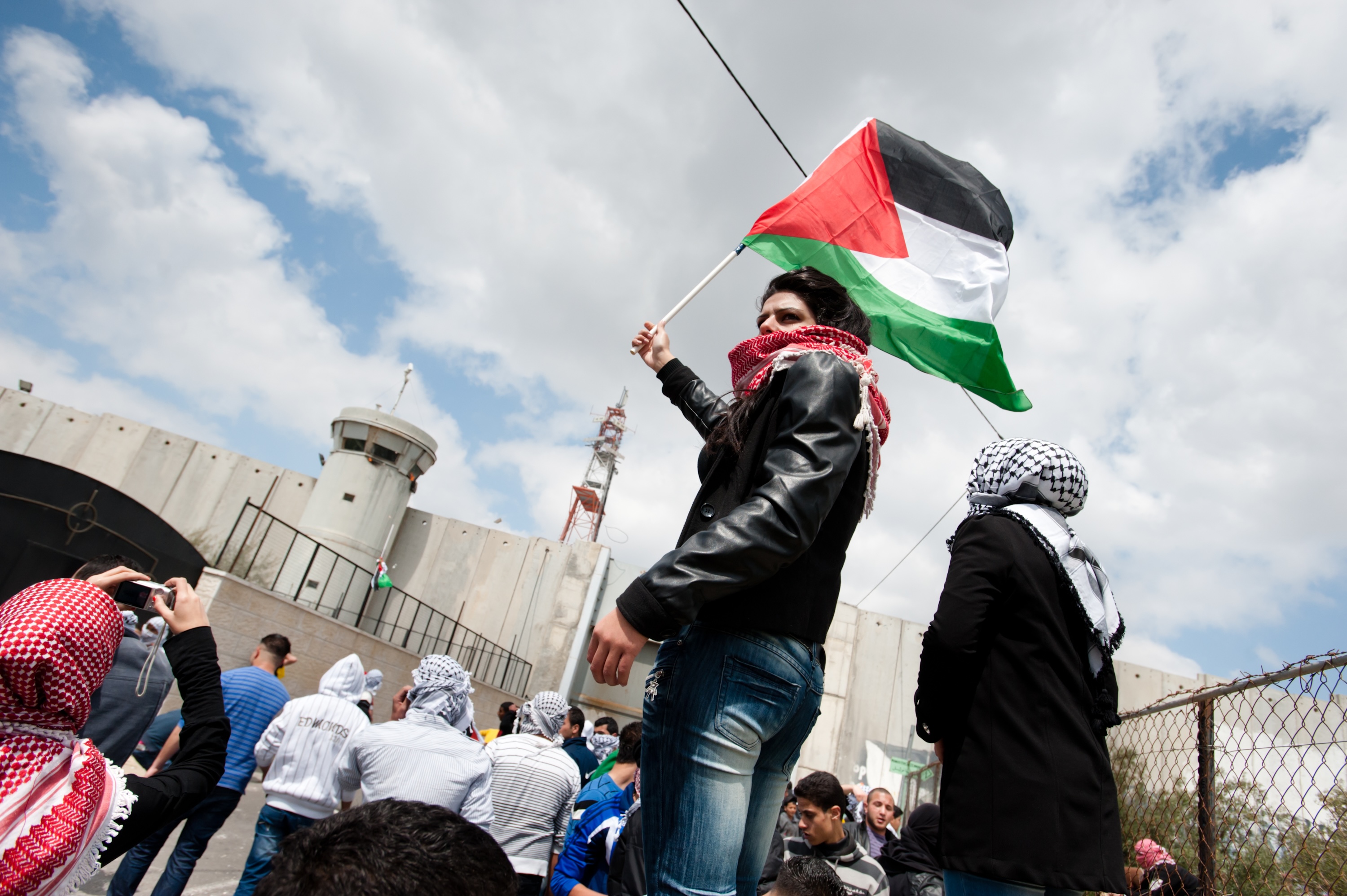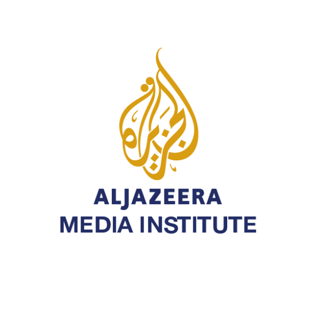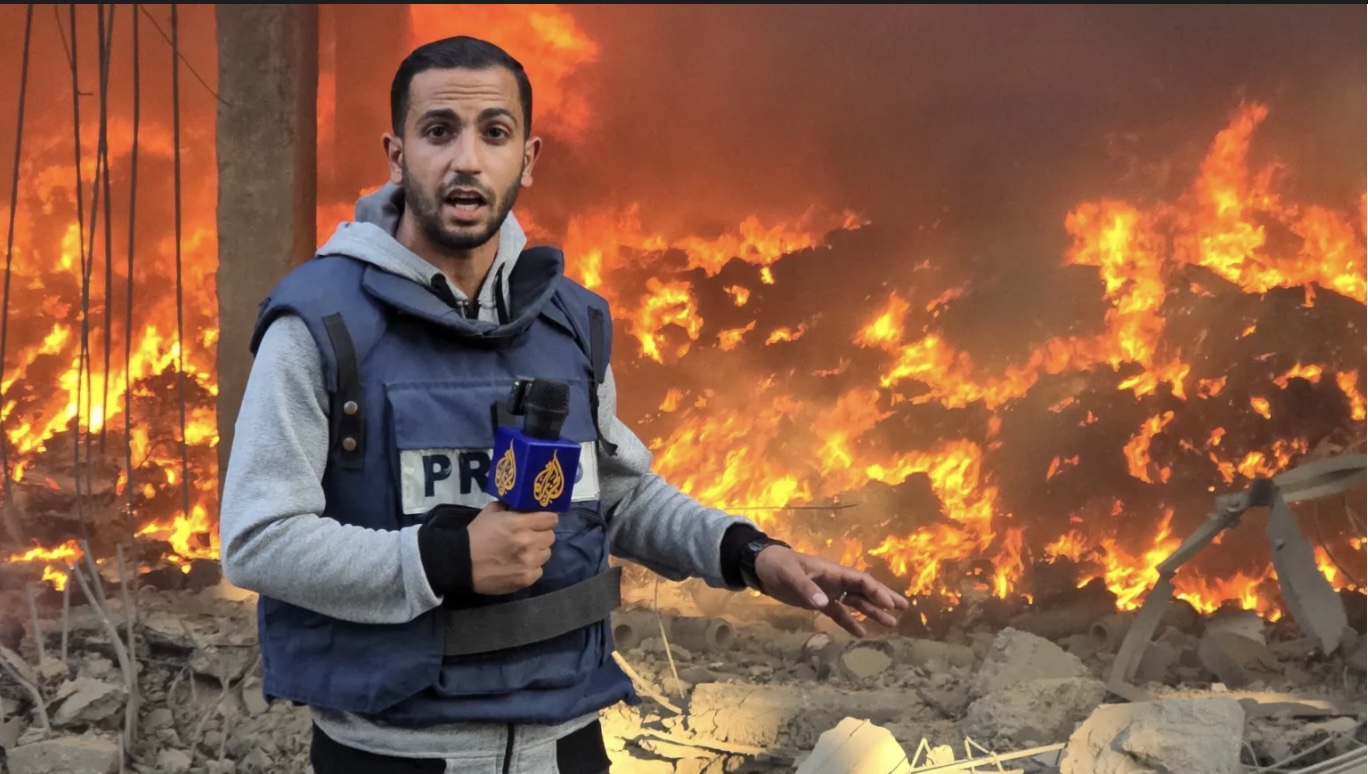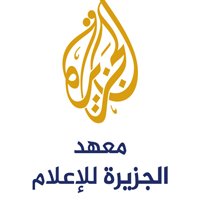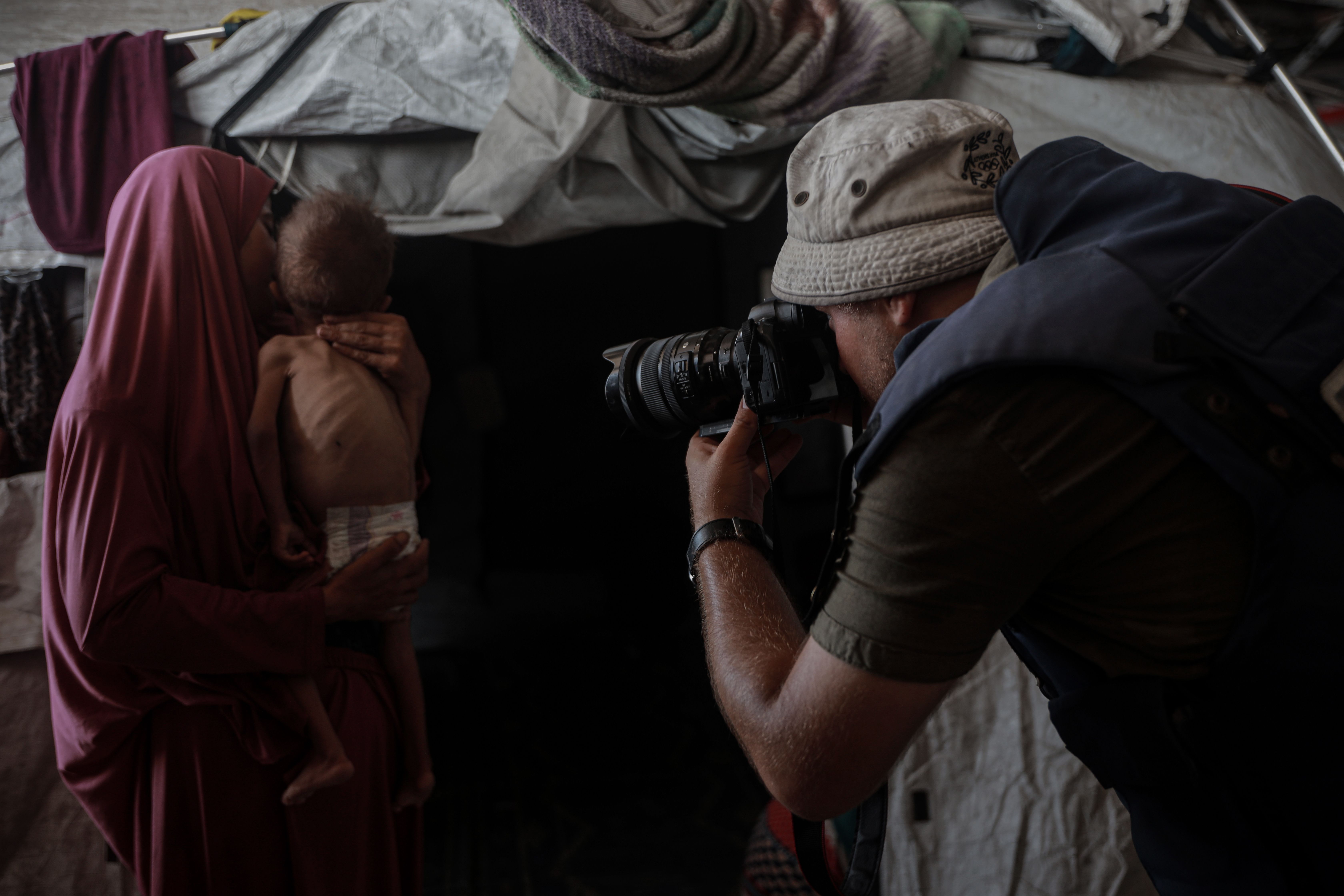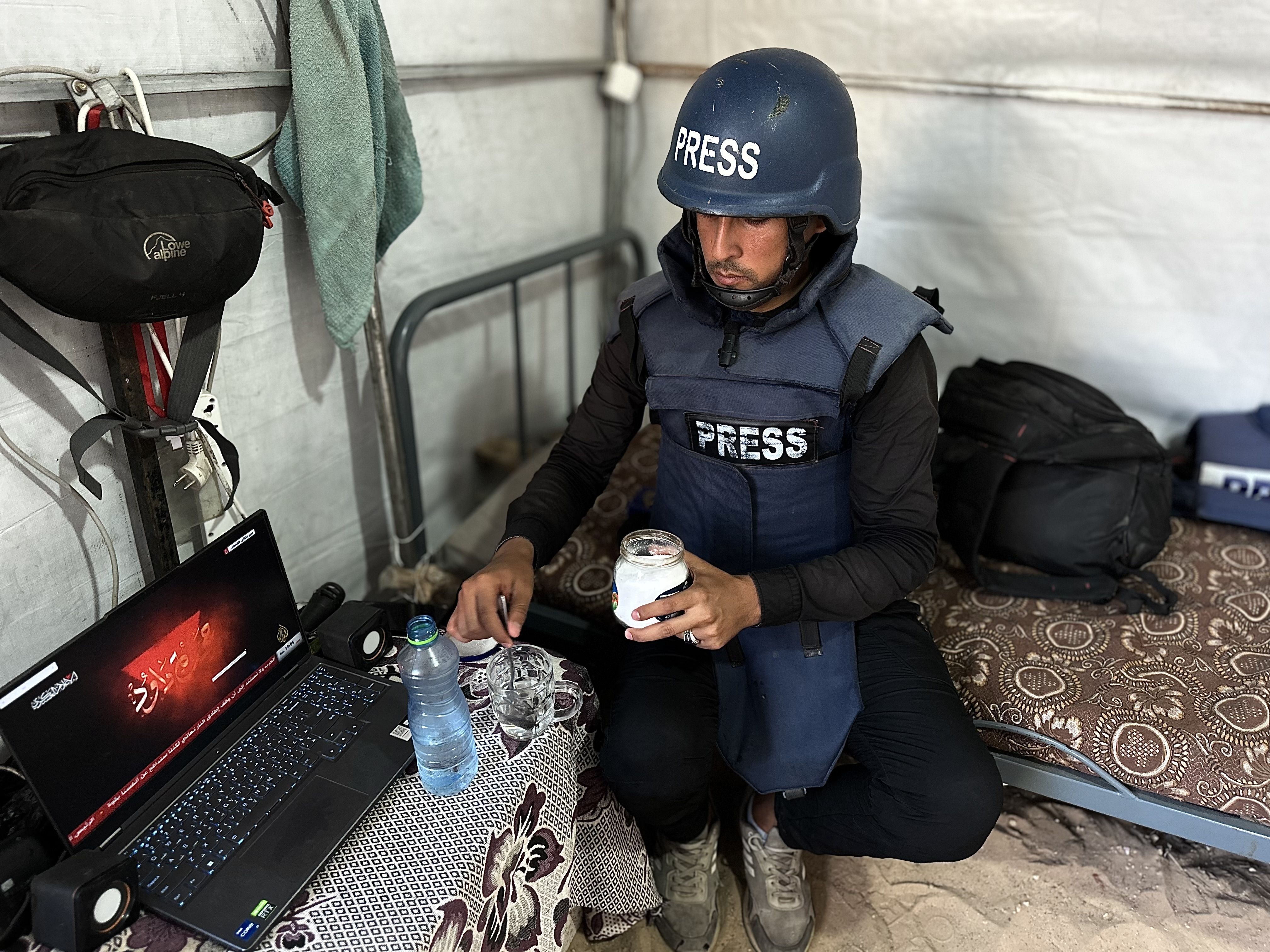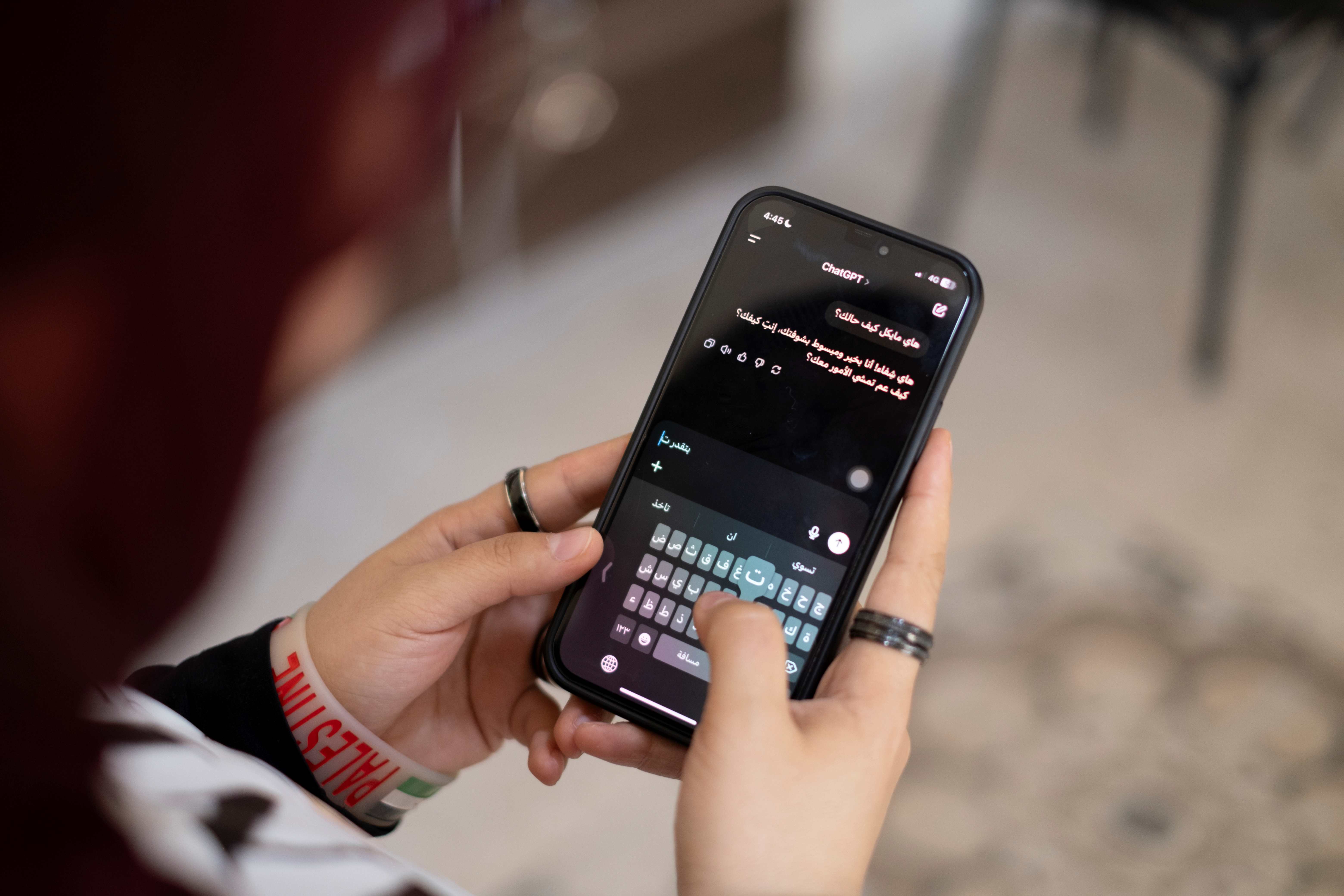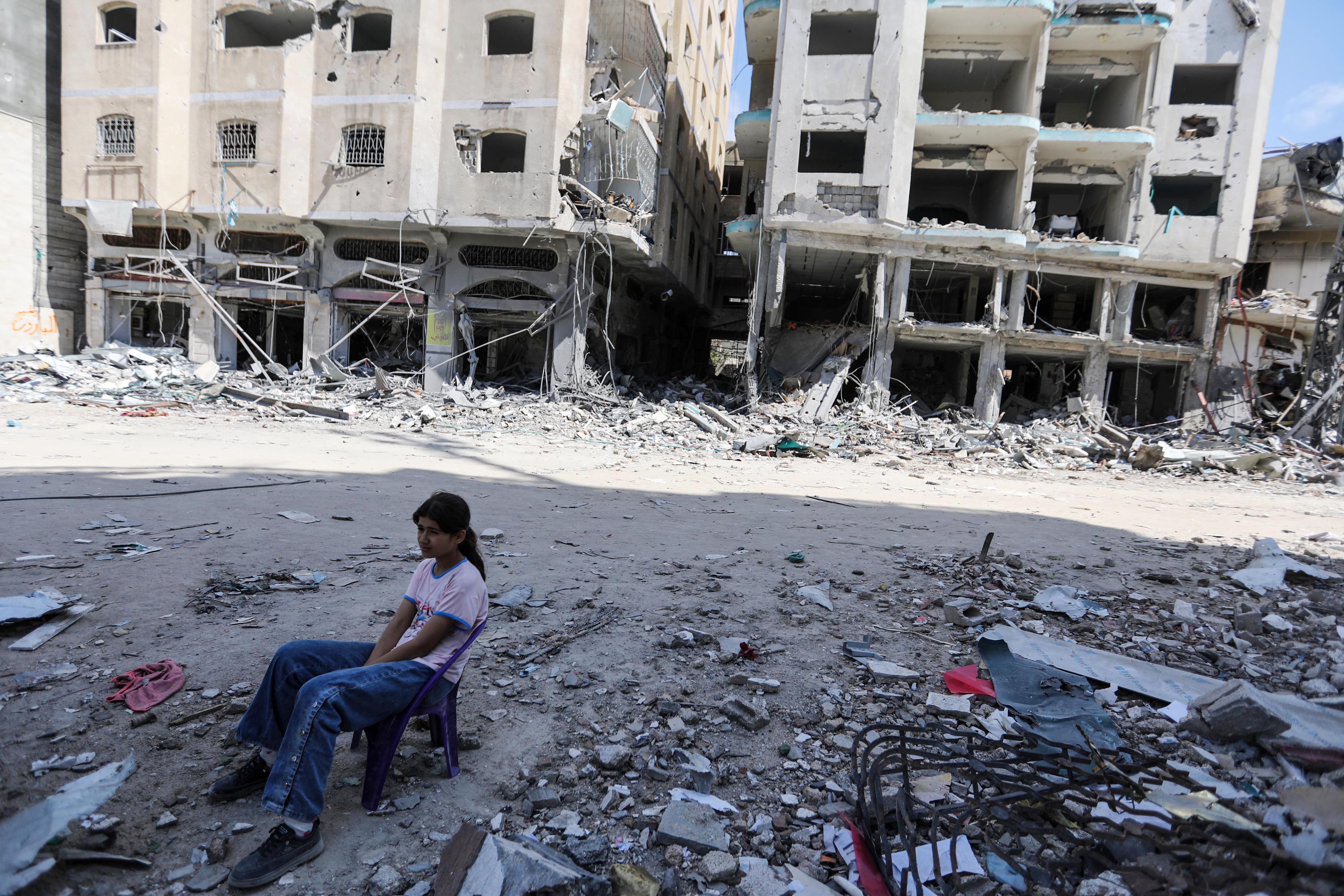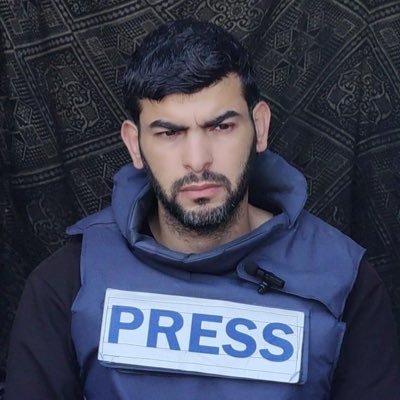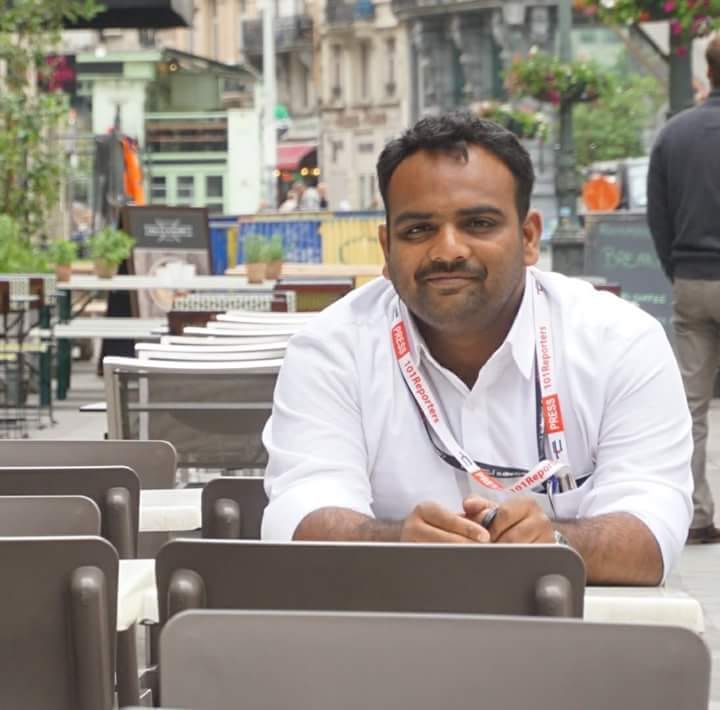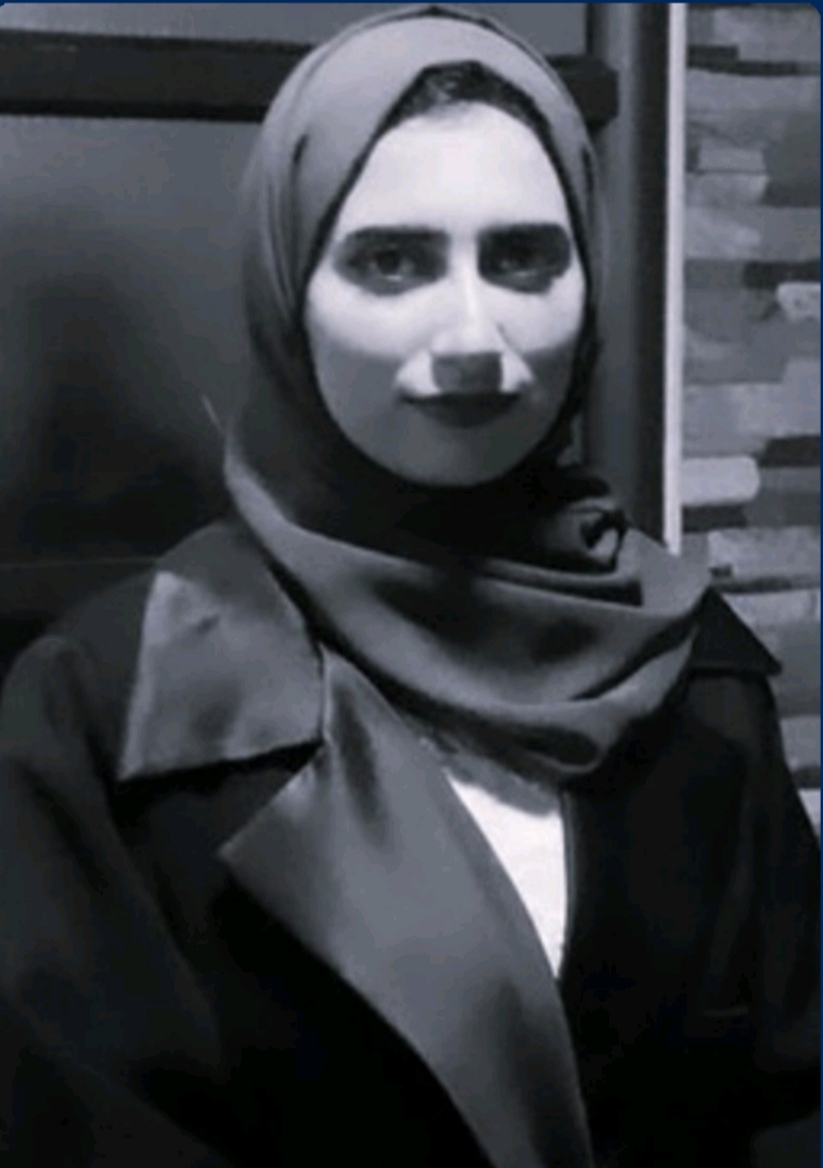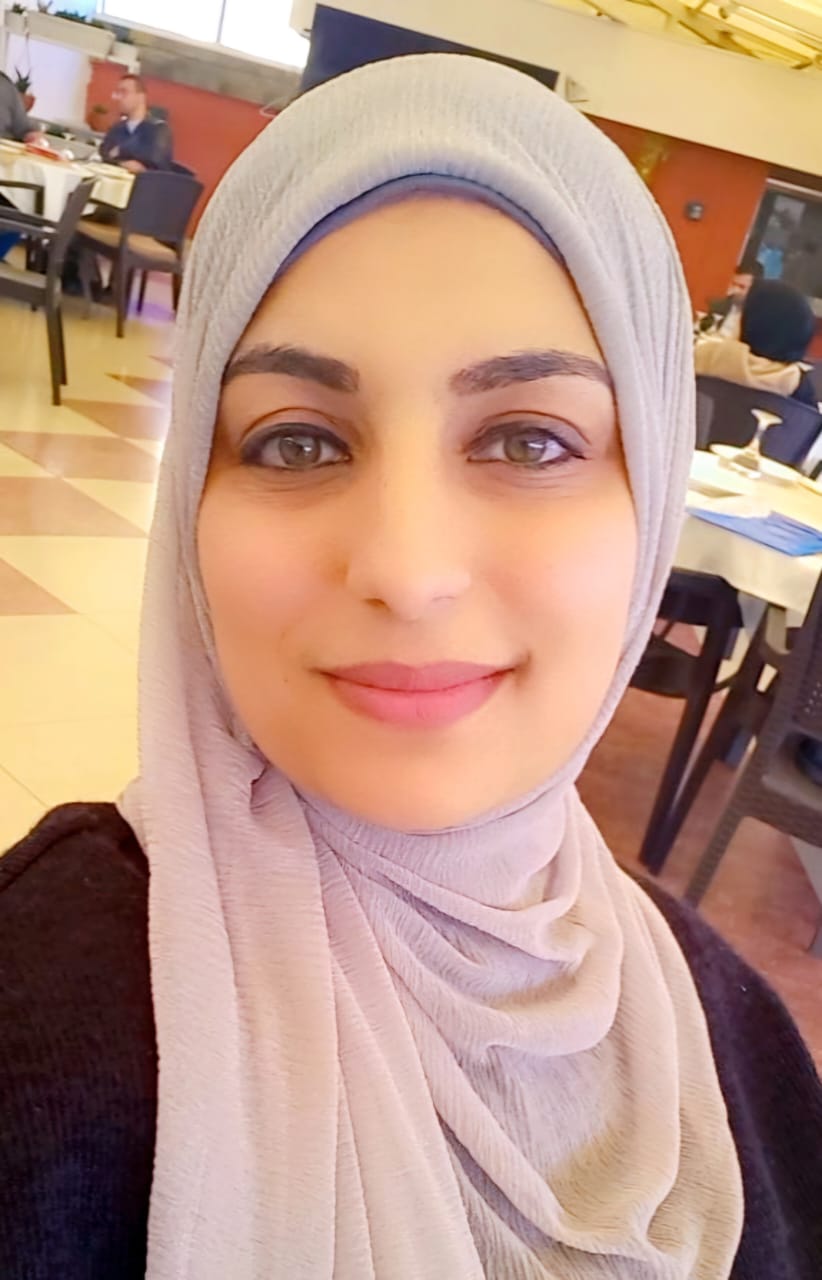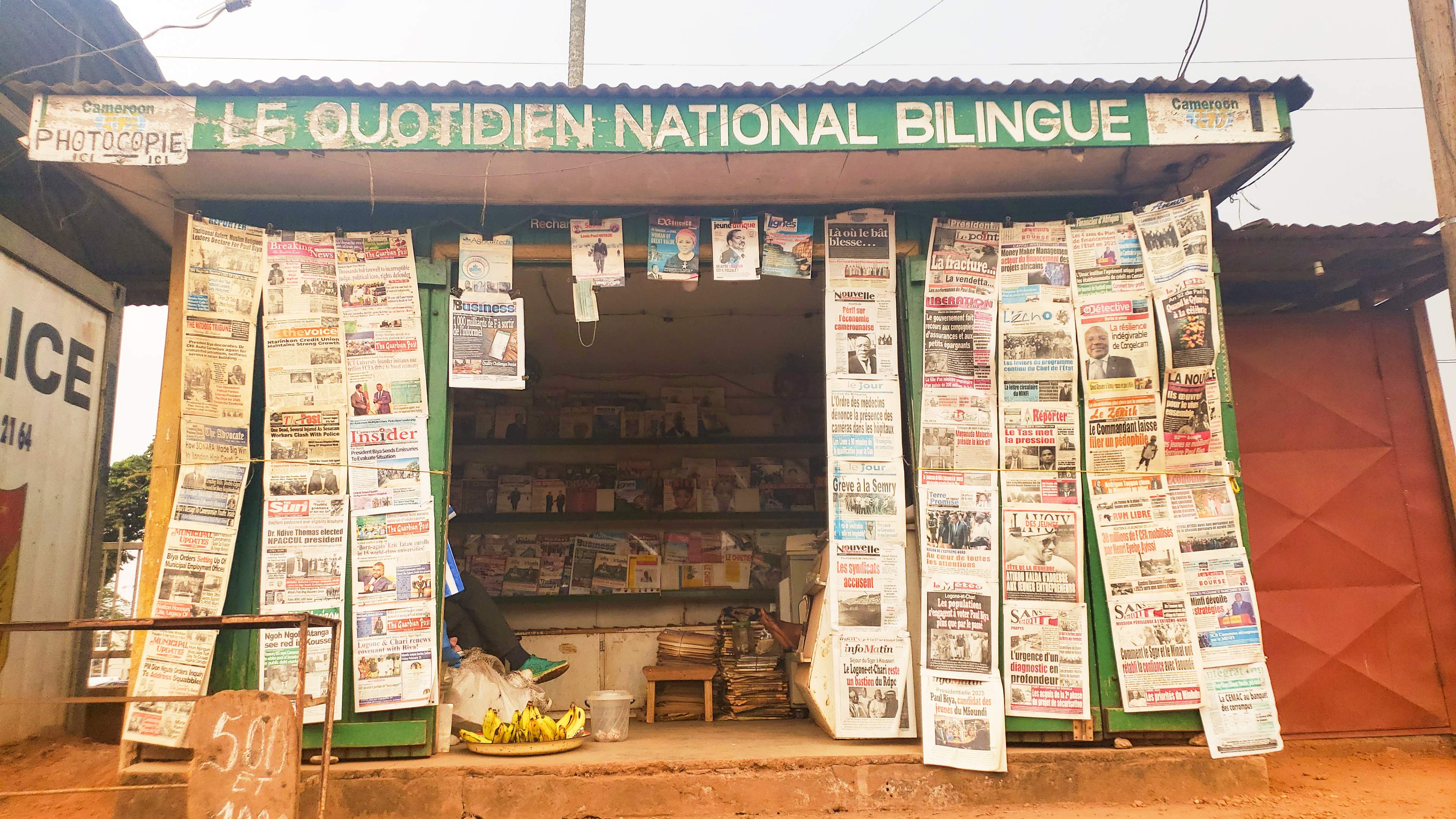تكمنُ قوة الصورة الصحفية في اكتمال العناصر التي يبحث عنها المصور الصحفي، فكلما ازداد ارتباطها بالجمهور وبطبيعة الحدث، اكتسبت قوة أكبر وتأثيرا أعمق.
لا تختلف الصور الصحفية بمفهومها ومضمونها إذا كانت قادمة من مناطق النزاع والحروب، وتحمل مشاهد المعاناة ذاتها. يقول روبرت كابا الذي كان صاحب الفضل في انتشار التصوير الصحفي قبل أكثر من مئة عام: "إن لم تكن صورك قوية بما فيه الكفاية، فهذا يعني أنك لم تكن قريبا بما فيه الكفاية".. قُتل كابا بلُغمٍ أرضي لأنه كان الأقرب في تغطية آخر الحروب التي غطَّاها، فهذه النظرية في التصوير الصحفي صحيحة تماما، ولا يقصد كابا بالقرب فقط مسألتي المسافة والمكان، بل الأمر أعمق من ذلك، إذ على المصور الصحفي أن يكون قريبا بفكره ورؤيته، قريبا بمعلوماته.
اليوم ورغم كل التطور التكنولوجي المصاحب لعالم التصوير، فإن المصور الناجح هو الذي يبحث عن الصورة الأقرب.. الصورة التي يراها بعينيه قبل عدسته، فكلما اقتربتَ من الحدث أدركتَ جيدا تفاصيل ما يجري، وأصبحتَ قادرا على تحريك مشاعر الناس المتلقين لصورك رغم تجميدك حركة الصورة، فالصورة الصامتة بتكوينها يجب أن تكون متحركة بتأثيرها.
عام 2017 شهدت فلسطين حدثا هاما كان محوره القدس، المدينة التي كانت العنوان الأبرز مرتين: الأولى عند إغلاق المسجد الأقصى فيما عُرف بقضية البوابات الإلكترونية، والثانية هي الأحداث الجارية حاليا فيما يخص اعتراف الرئيس الأميركي دونالد ترمب بالقدس عاصمة لإسرائيل، وهو ما أعاد الأحداث مجددا إلى الميدان.
نجد اليوم أهمية كبرى للصورة الصحفية القادمة من فلسطين، فما زال إعلان ترمب يثير جدلا واسعا في العالم، وما زالت الأحداث الجارية على الأرض تحتل العناوين الرئيسية في الأخبار، لذلك يحرص المصور الصحفي على البحث عن تفاصيل الصورة المطلوبة، سواء أكانت صورة مباشرة للأحداث اليومية أو تلك المتعلقة بما وراء الحدث.
ومع تدحرج الأحداث وتشابهها في الوقت نفسه من حيث تكوين المشهد في أي من المدن الفلسطينية التي تشهد أيام غضب، لا سيما أيام الجمع من كل أسبوع، يجد المصور الصحفي نفسه أمام مشاهد متكررة وسط أحداث كبيرة، ليكون أمام تحدي البحث عن الصورة الأكثر تأثيرا وتميزا.. الصورة التي لم يلتقطها من قبل.
في قراءة سريعة لمعظم الصور المنشورة عالميا منذ بدء الأحداث الحالية، يلاحظ قدرة المصور الصحفي الفلسطيني على عدم تكرار نفسه حتى وإن تشابهت الأحداث، فقد شهد الأسبوع الأول من بداية الأحداث انتشارا واسعا عبر كل الوسائل الإعلامية لمجموعة من الصور الصحفية التي صُنفت بأنها الأكثر تأثيرا، وظهرت بجلاء عبر تصنيفها كأفضل الصور الصحفية من قبل كبرى الصحف والمواقع العالمية.
ومن هذه الصور، صورة اعتقال الفتى الجنيدي في الخليل، وصورة اعتقال الشبان في مدخل مدينة البيرة من قبل وحدة من المستعربين، وصورة شاب ملثم يخرج من بين الدخان في نابلس، إضافة إلى صور قمع مظاهرات في باب العامود بالقدس، وغيرها الكثير.
وكانت صحف ومواقع عالمية كبرى مثل الغارديان وواشنطن بوست والتايم قد اختارت بعضا من هذه الصور كأفضل صور صحفية نشرت لأحداث ذلك الأسبوع، مما يدل على قدرة المصور الصحفي الفلسطيني على فهم مجريات الأحداث وتكوين الصورة الصحفية ذات العناصر الإخبارية الجيدة وغير المكررة، رغم صعوبة التقاط الصور والمعيقات التي يتعرض لها المصورون الصحفيون من قبل الاحتلال الإسرائيلي.
الصورة الفوتغرافية بشكل عام ليست صورة صامتة، فهي ناطقة بكل معنى الكلمة، وهنا سأخصص حديثي للصورة التي لاقت انتشارا واسعا وهي صورة الشاب الملثم الذي يخرج من داخل منطقة يغطيها الدخان الأسود الممزوج بالغاز المدمع. التقطت هذه الصورة على المدخل الجنوبي لمدينة نابلس أثناء مظاهرة يوم الجمعة، وهي صورة متاحة باستمرار ومشهد يكاد يتكرر في الكثير من الأحداث، لكن السؤال المطروح: لماذا حظيت هذه الصورة بكل هذا الاهتمام والنشر؟ وهل هي صورة صحفية لحظية أم تحتاج إلى قدرات تقنية عالية؟
هناك مسألتان متعلقتان بهذه الصورة، الأولى ترتبط بقدرات المصور على استغلال اللحظة أو توقع حدوثها والمتمثلة في خروج الملثم، والثانية مرتبطة بالضوء المتاح لحظة خروجه التي توافقت مع ظهور أشعة شمس من بين الغيوم.. من يتعامل جيدا مع الكاميرا يدرك تماما أن البحث عن هدف وسط دخان متحرك في ظروف ميدانية صعبة؛ أمر متشابك يحتاج إلى عنصري الصدفة وتوظيف الخبرة لإكمال المشهد.
على الصعيد الشخصي، أُدرك أنها صورة صحفية جيدة، وإن لم أكن أتوقع أنها ستحظى بكل هذا الاهتمام من النشر.. تابعتُ معظم المواقع المتخصصة بالتصوير، خاصة تلك التي اعتبرتها من أفضل صور ذلك اليوم أو صور الأسبوع، فاستوقفني موقع التايم في إنستغرام الذي اهتم بنشرها، ومن جملة التعليقات التي قرأتها، تعليق لمصور صحفي أميركي كتب قائلا "لو لم تكن هذه صورة صحفية، لكانت لوحة مرسومة بالفحم"، وهو محق في ذلك، إذ لو تأملنا الصورة سنكتشف أنها تظهر وكأنها التقطت بالأبيض والأسود رغم أنها صورة ملونة. تعليق آخر يقول "من الصعب أن تجد صورة تجعلك تعيش مشاعر متناقضة كما هو حال هذه الصورة التي جعلتني أفرح وأحزن، وأتأمل وأتألم، وأتساءل وأتفاءل"..
يقودني هذا إلى القول إن عنصر البساطة هو السبب.. كانت تلك الصورة وليدة اللحظة، ولو كانت اللحظة لها قياس فهو هنا صفر، فخروج الملثم كان في لحظة، ووقوعه داخل دائرة الضوء الساقط كان في لحظة، واختفاؤه أيضا كان في لحظة.
ومن بين التعليقات، كان هناك من يشكك في صحة الصورة من الناحية الفنية باعتبارها معدّلة باستخدام برنامج "الفوتوشوب"، رغم أن هذه الصورة تحديدا نُشرت كما خرجت من الكاميرا تماما.
كنت قد التقطتُ صورة عام 2004 قادتني لاحقا إلى البحث عن صور تشبهها، لأكرر المشهد أكثر من مرة ويصبح لديّ ما يمكن تسميته "نمطا خاصا" في التصوير الصحفي.. الصورة في 2004 كانت لطفل يلقي حجارة على آليات عسكرية وسط مدينة نابلس، تصادف مرورها من تحت جسر حديدي كُتب عليه "نابلس ترحب بكم".. توقفت مطولا عند هذه الصورة وقررت أن أبحث باستمرار عن مشاهد أستطيع من خلالها الربط بين الإعلانات التجارية أو أي كلام مكتوب، وبين مجريات الأحداث.
تكررت المشاهد في ذلك النطاق كثيرا، فقد عبرت سيارة رش المياه التي تطلق مياها كريهة الرائحة تجاه المتظاهرين، وتصادف عبورها من تحت إعلان تجاري يقول "أصل الانتعاش". وفي إعلان آخر يقول "أنتم الضمان"، وأمام اللوحة كان متظاهر يعيد قنبلة غاز مدمع باتجاه الجنود. وفي صورة أخرى شبان غاضبون أثناء مواجهات عنيفة تحت لوحة إعلانية تقول "زمن أول حول"، وغيرها الكثير.
لا توجد نظرية واحدة في التصوير الصحفي نستطيع أن نقول إنها تتحكم في عمل ومخرجات أي مصور، فالمشهد الذي أمامك هو من يتحكم في النتائج وأنت صاحب القرار بالضغط على زر التصوير والتحكم في العناصر التي ترغب لصورتك أن تحتويها. لكن من المهم جدا أن تكون صورك مخرجات حقيقية دون أدنى تدخل من طرفك في تشكيل المشهد.. هذا ما أسميه "المقتل" الذي يمكن أن ينهي مشوار أي مصور محترف، خاصة أننا نتحدث عن صور صحفية قادمة من قصص إنسانية في مجملها، فتدخّل المصور في صناعة أي صورة يُعتبر خطّا أحمر وغير مقبول.
ولا يعقل أن يساهم المصور في صناعة المشاعر أو ردود الفعل، فالصورة المؤثرة هي تلك التي يمكن أن تقرأها دون الحاجة إلى عنوان أو وصف.. دع الصورة تتحدث عن نفسها إذا كنت ترغب أن تذهب صورك إلى التاريخ.
كما علينا ألا نغفل مسألة تحرير واختيار الصور، وهي المرحلة الأخيرة التي يُنجزها المصور بعد العودة من مهمة تصوير، فيجد نفسه أمام عشرات الصور التي قد تتشابه في تكوينها وتفاصيلها، ويصعب عليه اختيار الأفضل من بينها. لا بد من الإشارة هنا إلى أن عملية الاختيار يجب أن تخضع لأسس محددة ولا تكون بطريقة عشوائية، فعلى المصور أن يحصر الصور الجيدة في ملف منفصل لتسهيل الاختيار، خاصة أن الحديث هنا عن صور صحفية والوقت عنصر مهم في عملية التحرير وتحميل الصور لجهة العمل..
لعل المرحلة الأولى الجدير اتباعها هي إلغاء الصور المكرَّرة، وحسم الأمر في الصور المنوي التعامل معها في المرحلة النهائية.
من بين أفضل الطرق، تقسيم الصور إلى محاور داخلية انطلاقا من طبيعة الحدث، على أن تُختار ثلاث صور كحدٍّ أقصى لكل محور كي يصبح اختيار صورة واحدة في النهاية أمرا هيِّناً لإرسالها إلى المحرّر المسؤول في جهة العمل، إذ يجب ألا تترك عملية الاختيار خارج إطار جهاز الحاسوب الخاص بك.. كن أنت صاحب القرار.
العالمُ مليء بالأحداث اليومية، عشرات المصورين في العالم يُغطُّون كل ما يجري على الأرض في مجالات السياسة والثقافة والرياضة وغيرها. فإذا كنت ترغب أن تكون الصور القادمة من منطقتك ضمن الصور المختارة والمنشورة، عليك أن تبحث دائما عن الصورة الناطقة داخل الإطار الصامت.


